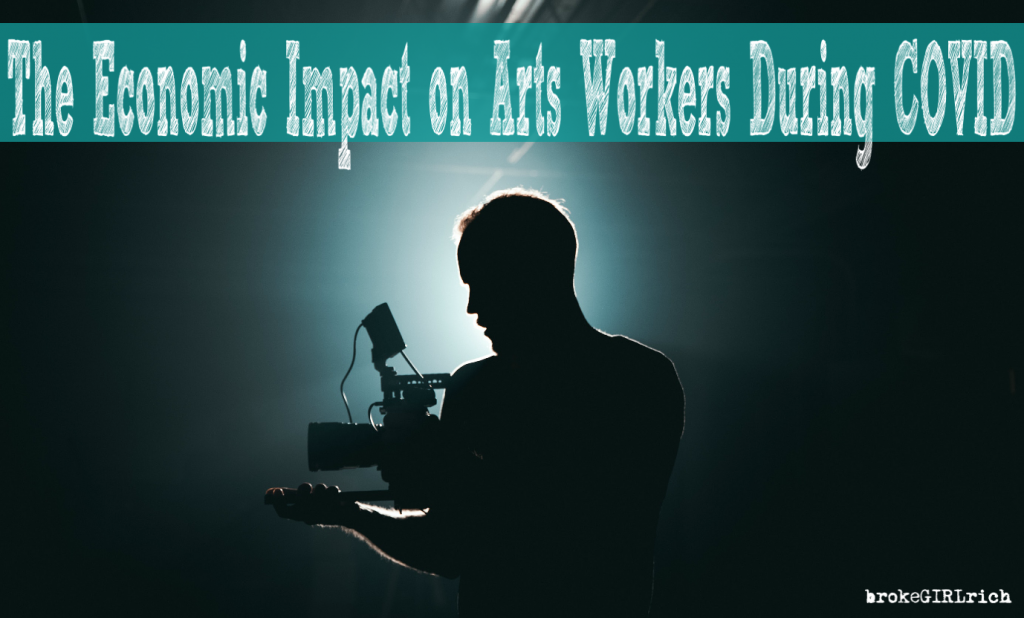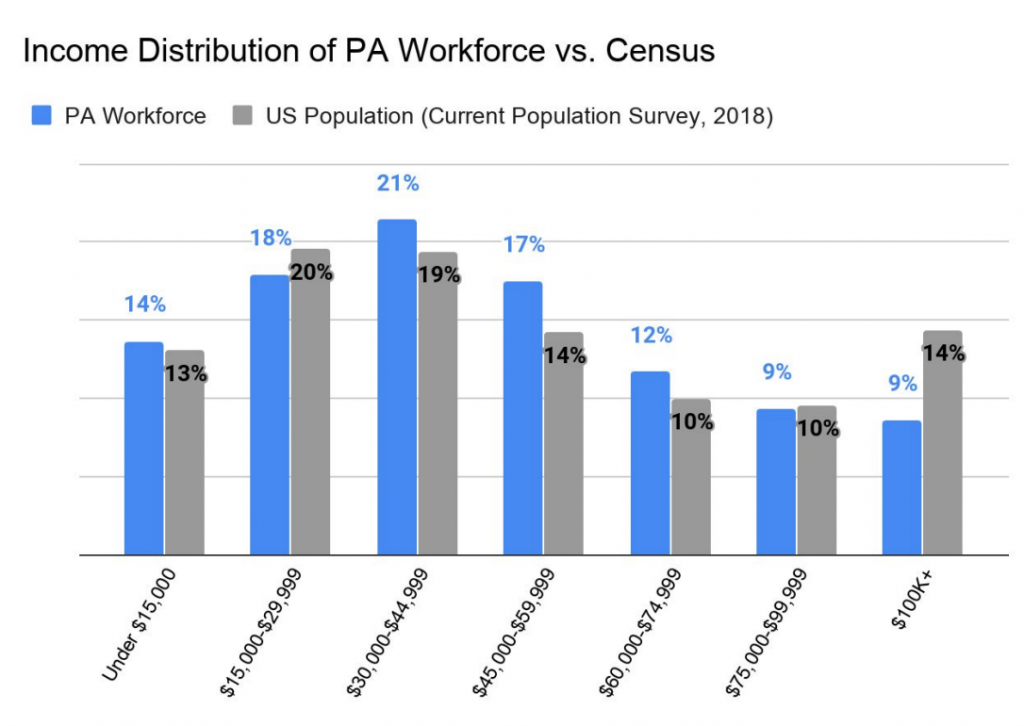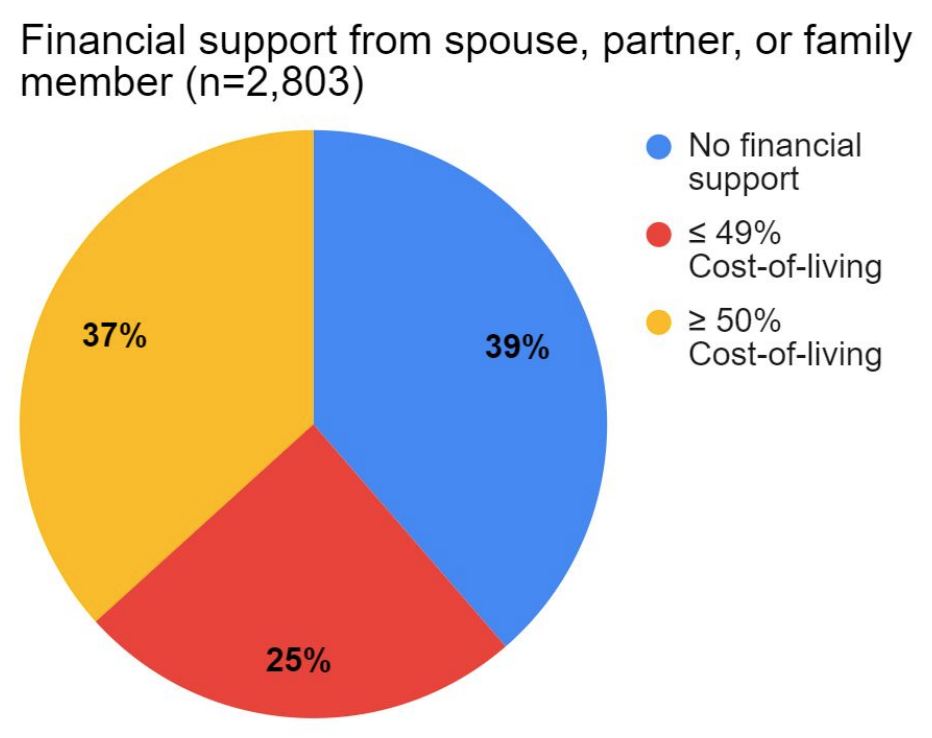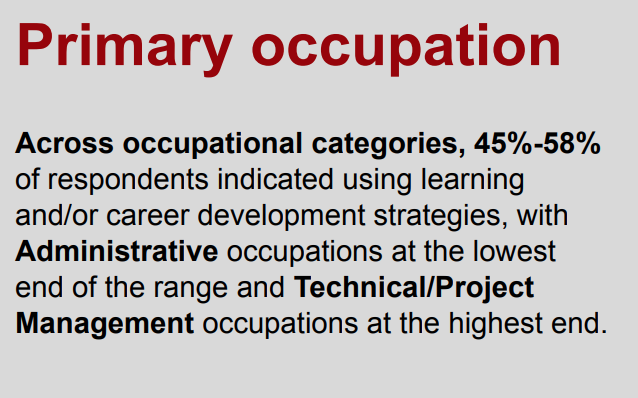
The Economic Impact on Arts Workers During COVID | brokeGIRLrich
In September, I wrote an article that focused on the various side hustles that people who work in the arts are using to get by right now. Not a list of ideas for you to necessarily tackle, but a literal list of shops of tangible things people can buy to support arts workers until the end of this exceedingly long intermission (which I’m happy to add to if anyone has additional shops they want me to include).
Today I want to talk a little more about some of the facts I glossed over at the beginning of that post. While a lot of my readers are folks in the arts, truth is that not everyone is and I am constantly surprised by how totally unaware the people in my life that don’t work in the arts are about the economic realities of this industry I’ve spent the last 15 years in.
I’ve noticed that as time has gone on and rules have relaxed and alternative ways of doing things have happened, that almost everyone I know who was initially disrupted by the pandemic is functioning in a new, though slightly inconvenient, normal. I am pretty much the only rebuilding my life from scratch and trying to find a balance of something to do for now versus am I moving on from my old career.
These same people, who are genuinely good people who love me very much, also don’t seem to understand that a lot of this feels like a particularly nasty breakup and I’m just trying to figure if we can work it out in the long run or not.
But that’s the emotional side to things, not the cold hard numbers side. So let’s look at those.
62% of the events industry is out of work and there is nowhere else in this field they are trained in for these folks to look for work. This industry employed a lot of highly skilled, but super specialized, people with some of those skills not exactly translating in other fields.
94% of arts workers have lost some revenue this year, with the average income loss coming out to $23,500.
So while many have picked up temp jobs and entry level retail, customer service, waitressing-type jobs to make ends meet, that’s a pretty major pay cut for many folks (despite how much we all joke that it’s a struggle to make ends meet in the arts – after a certain threshold, and especially backstage and in technical areas, it’s not).
The Brookings Institute did an economic report estimating the effect of COVID on unemployment and the economy and they predict a total loss of 2.7 million jobs and $150 billion in sale of goods and services total in the US. That’s the number for every job in every sector.
The estimated portion of that number that will belong to the arts and events industry is 1.4 million jobs and $42.5 billion in sales. That’s literally just over half the total of the unemployed population and a little under a third of the total loss in sales.
Let’s turn to a personal note here. I was chatting with a friend about life and how my plans were derailed this year to obtain a mortgage and in an offhand way, I sighed and said, “If I don’t make another penny, having lost my job in June, I will still make around $40,000 this year. This is ridiculous I can’t get a mortgage.”
They were flabbergasted I had made that much. Now – maybe to some that seems like a lot and maybe to others, they’re making way more, but I asked them, “How much did you think I make?”
And they were just like, “You work in the arts!”
And I was like, “Yeah, it’s my career. I’ve been doing it for 15 years. $55-70k doesn’t seem that weird for an average annual income at this point in a career.”
“But you work in theater.”
And therein lies some of the rub, folks. I think that even the people who think the arts are dead are like – well, you can actually go make some money now. As opposed to realizing that many of us doing this professionally were actually make a just fine living.
The starving artist myth is a difficult one to break.
Anyway, back to cold, hard numbers. David J. McGraw, the brains behind the Stage Manager Survey, and Meg Freidman did another fabulous survey in an attempt to understand the impact of COVID-19 on the performing arts workforce.
It’s called Return to the Stage and you can find it here.
The survey was conducted in July 2020 and published in September and it was intended to show the effects on arts workers as reported by the arts workers themselves.
The first statistic worth noting is that while we have constantly flux of people moving away from this career for a number of reasons (the pay can be low, the hours are often ridiculous, the work life balance is nearly nonexistent, it is not family friendly, etc., etc. etc.), that number had previously been recorded as 9% of participants were considering leaving the arts field.
With COVID, it is now 28% of participants who are “somewhat” or “extremely” likely to leave the arts field in the next five years.
46% of workers worked in multiple states (which doesn’t even take countries into account). This means that even if your particular state starts to get to reopen, the odds are that for many arts workers, until there is free and safe movement from state to state, employment opportunities will remain severely limited.

Another particularly interesting statistic in the survey was that income distribution in the arts aligns with the US general population (cough, cough, going back to my personal story), except for the highest level.

59% of the respondents make all of their income in the performing arts and an additional 19% make 75-99% of their income from the performing arts.
85% of people who took this survey have been unemployed since March (approx. 3,000 people answered that question).

As of July, 56% of workers reported being unemployed. It would be interesting if we could track the connection between the 85% to the 56% and also to people who left the field entirely. I would imagine a large number of the 56% unemployed in July contain those unemployed as of March, but there were also a lot of management, administrative and education-based jobs that held out a little longer but by July had also joined the unemployment pool.
Among those unemployed, 39% receive no outside financial support from a spouse, partner, or family member and an additional 25% receive less than 49% of support towards cost-of-living, which just feels like a funny way of wording “we used to be a two income home and now we are a one income home.”

Unsurprisingly, the age bracket receiving the most financial support is 30 years-or-younger.
The survey continues into a fairly extensive and interesting look at coping strategies arts workers are using, but I really just want to delve into one here. 54% of respondents are using learning and/or career development coping strategies.

Can I just say how crazy I think it is that we sometimes struggle to find folks who will hire us outside our main career path right now? A lot of people I know are pivoting (temporarily and permanently) and we’ve had many conversations about our Muggle careers and how to format Muggle resumes and how to do interviews and how we can’t even get interviews.
Muggle companies – what other people are so dedicated that when their industry vanishes, they think “ah, I know, I will learn a new skill in my vanished industry. I will be uber-prepared when we restarted.” Mostly that “I will be prepared” is a step and a half ahead of so many people I meet in the regular career world. Sigh.
Also unsurprisingly, the people who are at the highest end of using this coping strategy are Technical/Project Management occupations, so if you’re a TD, Stage Manager, or Production Manager, you may want to make sure your certifications are good to go when we restart – because all of the people competing for your job will have made darn sure theirs are.
The survey finishes up with some delightfully hopefully changes to the work culture for when we restart. I also hope for many of these changes, but I guess we’ll see what happens whenever Act II finally starts.




Pingback: What's It Like in Scotland Right Now? -